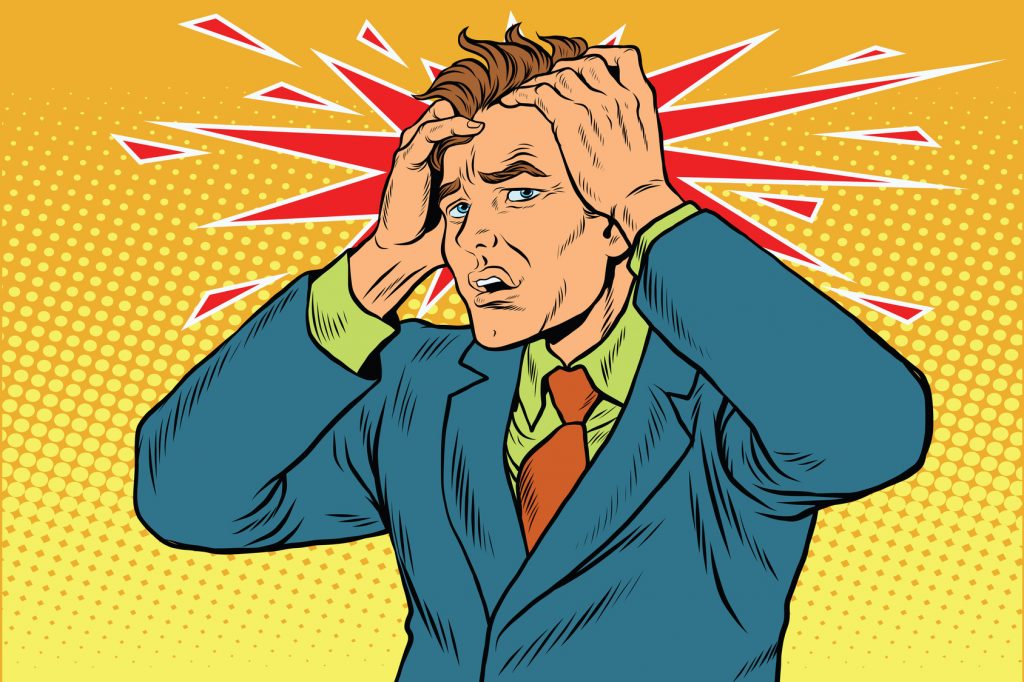Dementia pugilistica is a term used to mistakenly describe demented pugs as well as accurately signify a state of neurodegeneration commonly associated with boxers–i.e. pugilists. Apparently, receiving hits to the head over and over has repercussions.
However, it’s not the only term we use to describe head injury, other titles including:
- Chronic Traumatic Encephalopathy (CTE)
- Traumatic Brain Injury (TBI)
- Post Concussion Syndrome (PCS)
While the combination of symptomatic and asymptomatic blows to the head may gradually lead to Dementia pugilistica or CTE, the acutely symptomatic Concussion or TBI is generally the main point of concern when it comes to brain therapy or treatment.
I’d like to argue that nootropics may help brain function with or without concussion symptoms present, but the nootropics presented in this article particularly support brain health in the unfortunate case of brain injury.
NEEDLESS TO SAY: I am not promoting nootropics as medical treatment. I am not your doctor (so log off and see your doctor if you feel concussed). Nor will any of these nootropics help your demented pug. I’m sorry, but nothing will help your demented pug.
Page Contents
Seek Neuroprotection
Concussions happen.
Traumatic brain injuries happen.
Dementia pugilistica, or Chronic Traumatic Encephalopathy (CTE) , on the other hand, don’t just happen. The recent NFL debacle made the obvious on this all too clear: Repeat strikes to the head, whether symptomatic or not, may lead to serious cognitive dysfunction further down the road.
Bummer, right?

The issue, or rather the admittance of an issue, has lead to a spike in research geared towards finding substances–i.e. nootropics–that may not only alleviate brain damage and cognitive impairment but generally bolster the mind in both a preventative and rehabilitative sense. Because of nootropics’ status as “cognitive enhancers,” many are hesitant to label nootropic substances as treatment. However, more and more studies are finding significant therapeutic value in nootropics.
For footballers this is great news.
For everyone else this is… well, it’s still great news, considering that an estimated 1.7 million people experience brain injury yearly.
Naturally, contact sport athletes are at a higher risk of CTE than your average citizens. And I have to imagine that the issues of CTE exceed those of a standard, one-time concussion. Yet, even the average Joe and Joanne may benefit by nootropics.
Particularly when the head is feeling a bit fuzzy and off.
Post Concussion Syndrome

The feelings of fuzziness and offness are only a couple of many post concussion symptoms, which I suppose are different than pre concussion symptoms? (That was a trick: There are no “symptoms” prior to being concussed, ya goof.) For a better understanding of brain injury terminology:
- Concussion refers to the incident that induced “traumatic brain injury.”
- Post Concussion Syndrome (PCS) involves the cascade of symptoms and disorders that may follow an incident of concussion.
Not all concussions appear symptomatic, highlighting the nebulous nature of CTE. Furthermore, the severity of a concussion seems to have little bearing on the development of of PCS. Rather, the risk factors associated with PCS (or at least associated with reporting PCS) include:
- Number of concussions
- Pre-existing psychiatry issues
- Being older than 40
- Being female
The neuroscience and risk of concussion may vary from person to person, yet the approach to identifying a concussion is relatively stable. Generally, dysfunction is measured on two variables: structural malformity and functional imbalance. The former involving physical changes in brain structures (neurons, tissue, vessels) and the latter describing physiological changes (circulation, brain waves, brain chemicals). Depending on the structural and functional systems affected, the severity of PCS symptoms may also vary:
Common Post Concussion Syndrome Symptoms
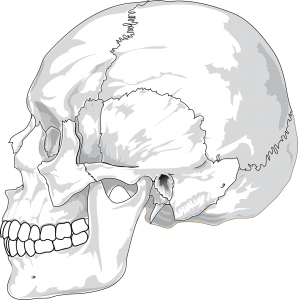
- Headache
- Dizziness
- Nausea
- Fatigue
- Amnesia
- Inattention
- Irritability
- Insomnia
- Vertigo
- Apathy
- Anxiety
- Depression
- Sensitivity to Sensual Stimulation
Are Nootropics Treatment?
Dietary supplements can’t claim their product is “intended for use in the cure, mitigation, treatment, or prevention of disease.” Ditto for nootropics, which are conceptually intended to enhance cognition. Not treat it.
Admittedly, a major chunk of this issue lies in the marketing. If you claim your nootropic stack will help speed recovery following a concussion, the Food and Drug Agency (FDA) will get you, as evidenced by this WARNING LETTER to Star Scientific, Inc.
Legally regarded “Medicine” seems to be reserved for pharmaceuticals, not nootropics.
That isn’t to say that all nootropics don’t have therapeutic, or even treatment, value. In fact, many neurologists recommend specific nootropics (which I’ve included below) for the sake of brain injury recovery. However, those same neurologists would likely agree that nootropics are only part of the picture, of which are included a number of temporary lifestyle changes that must be adhered to in the case of PCS.
First Things First: Life Adjustments
I’ll tackle the big one first:
Get some rest.
This includes getting some sleep, countering the notion that sleeping on a concussion runs the risk of falling into a coma. None of the cool kids are doing that anymore, dogg. Instead, get some sleep if you’ve suffered brain trauma, unless your doctor advises otherwise.
Avoid strenuous activity.
This really shouldn’t too hard, right? Specifically, it’s a matter of keeping your heart rate below 100 beats per minute, as too much physical activity (i.e. exercise) may exacerbate the symptoms, lengthening recovery time. This also includes avoiding heart-racing TV shows, which is the perfect segue into the next point:
Take it easy on TV–i.e. don’t watch it.
Avoiding TV and electronic stimulation might actually be a harder task than avoiding exercise. If I’m out for the count, then I’m either Netflixing or rampaging across the City of Los Santos. Not so much in the case of a concussion. Time on the TV, computer, phone, tablet, PlayStation, etc. must be reduced to avoid overstimulation of the senses.
List of Post Concussion Nootropics
If you’re currently concussed, I suppose you can ignore that last point for just a couple more minutes, or however long it takes you to read this list. (I can’t really stop you anyways, huh?) Listed below are 10 nootropics that are believed to be helpful for brain injury recovery. Many of these I recommend for general nootropic consumption, however research seems to indicate that these may also lessen PCS symptoms in the case of… well, PCS symptoms.
Citicoline
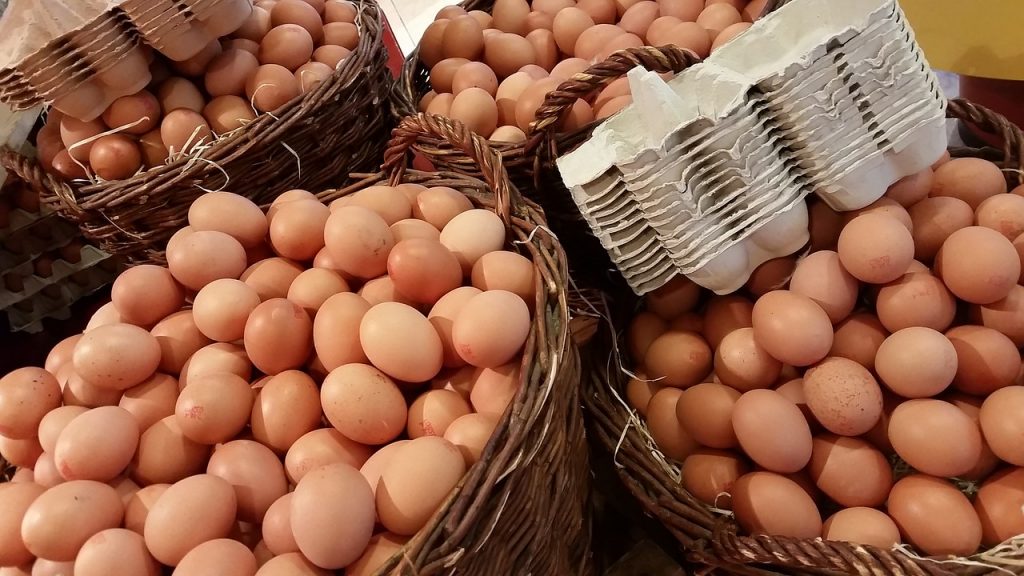
Neuroregeneration. Neuroprotection. Neurotransmitter… promotion: Citicoline does it all for everything that prefixes with Neuro-. Or at least all of the good things that begin with Neuro- (e.g. not neurodegeneration). This is primarily due to Citicoline’s supply of two nootropic compounds:
- Choline. The precursor compound to neurotransmitter acetylcholine (ACh) and cell membrane building block phosphatidylcholine (PC). More on Choline Donors.
- Cytidine. Converts to uridine, an important constituent of RNA and a supporter of neuronal synapses and neurotransmitter dopamine.
With regards to brain injury, Citicoline displays clinical potential in improving cerebral ischemia conditions. The results of the Citicoline Brain Injury Treatment Trial (COBRIT), on the other hand, indicated no significant improvement in post-TBI cognition. I mention this research because of its huge scope and scale, both in time and subjects. However, Citicoline still deserves consideration for post concussive conditions due to: A) its high frequency of recommendation by neurologists, and B) I know I personally would up my Citicoline dosage following a TBI event. Now, I’m not a doctor by any means, but I mean… I’d certainly do it. More on Citicoline.
Phosphatidylserine

During concussive brain injury, Phosphatidylserine levels are at risk. At risk of death by oxidation!! Lipid peroxidase and phospholipase enzymes increase activity under certain TBI conditions, leading to significant increases in PS denaturation. This is ehh not good.
Under normal circumstances, PS is one of my favorite nootropics. And it’s one of the few nootropics to earn the praises of the U.S. Food and Drug Agency, stating it may reduce the risk of gradual cognitive dysfunction.
How it works:
- Enhances neural connectivity by promoting NGF
- Increases immune response against neuronal toxins
- Optimizes brain glucose metabolism (i.e. energy expenditure)
In terms of clinical research, evidence of PS supporting post-concussion conditions is sparse. Yet, given the biomechanics of this nootropic and the important neuroprotective role of PS against TBI degradation, PS supplementation simply makes sense for brain recovery. More on Phosphatidylserine.
Pramiracetam or Piracetam
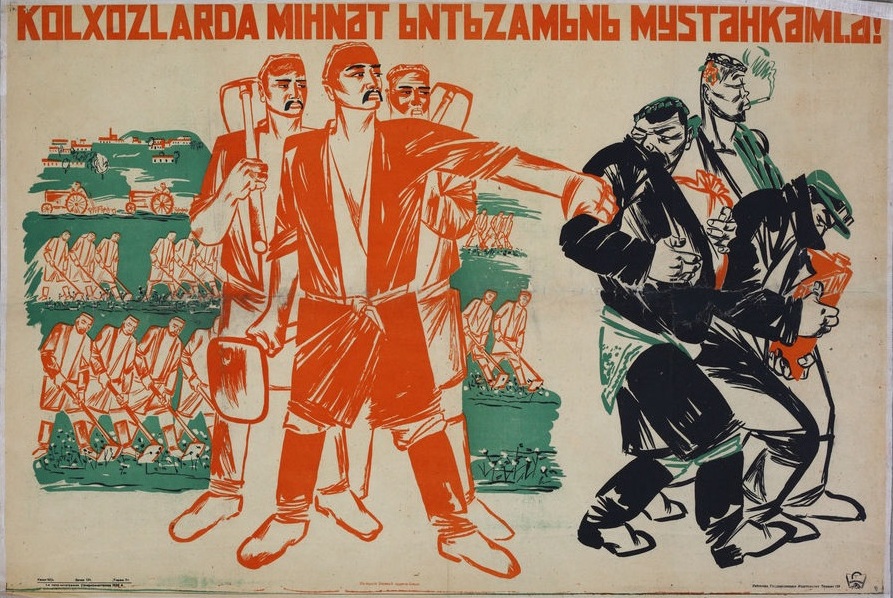
I’m working off of a specific Russian study to assert the placement of Pramiracetam and Piracetam on this list. Yet, even without the research available, I’d still personally consider a racetam for post concussion therapy.
The study in question observed the application of Piracetam or Pramistar (brand of Pramiracetam) on patients with “mild craniocerebral trauma.” Measures of improvement included: Disappearance of headache, dizziness, nausea, and amnesia. Both Piracetam and Pramistar demonstrated improvement on these measures.
However, Pramistar demonstrated more improvement than Piracetam, particularly in “restoration of orientation and feeling” and “in patients with amnesia.”
Due to the similar actions of all racetams on the cholinergic brain pathways, one can argue that other racetams (e.g. Aniracetam, Oxiracetam, etc.) may help alleviate symptoms of concussion. However, I’m going to stick with the research: Piracetam and Pramiracetam, but mainly Pramiracetam helps brain reorientation. More on Racetams.
Green Tea Extract
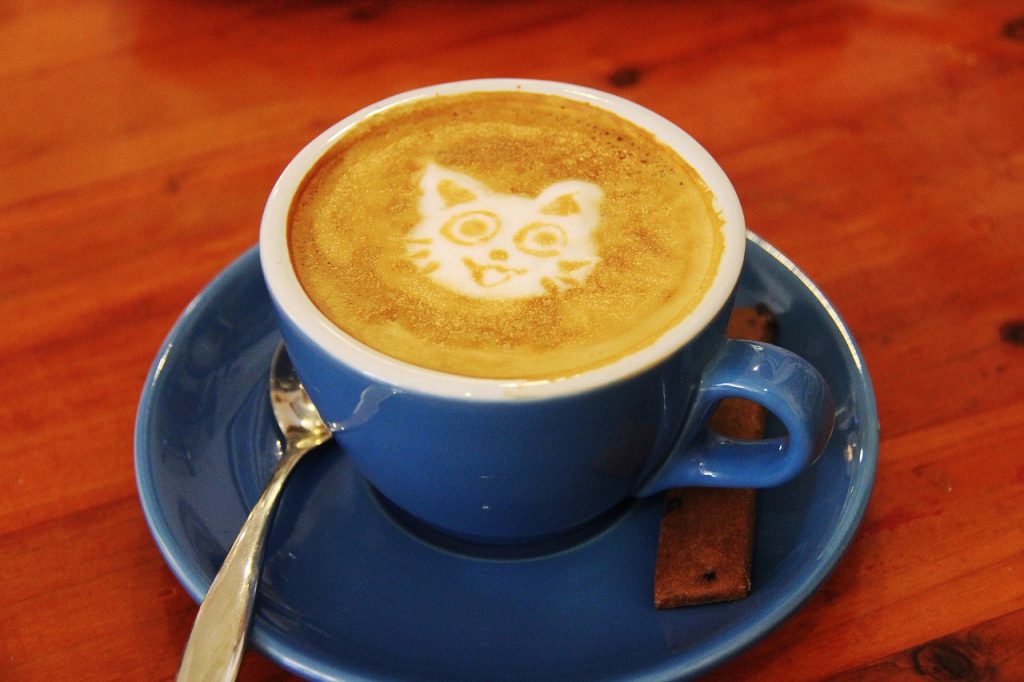
Two compounds of interest here: L-Theanine and Epigallocatechin-3-Gallate (EGCG). Even, to a degree, caffeine may provide neuroprotective benefits, rounding out the bioactive phytochemistry of green tea.
In terms of TBI recovery, EGCG seems to be the most relevant of these 3 compounds for its health-protective antioxidant effects, potentiating Nerve Growth Factor (NGF) for increased brain repair. However, the sum total of green tea polyphenols seem to work synergistically with EGCG in enacting NGF promotion.
Caffeine, on the other hand, is hard to interpret: Some research indicates the compound having neuroprotective value, whereas this rat model demonstrates “free radical-mediated neuronal damage in caffeine-induced exacerbation of neurotrauma.” I think this warrants the removal of caffeine in post concussion conditions. L-Theanine can stay, though, as it may help sustain memory and attention for users with mild cognitive impairment. More on L-Theanine.
Curcumin
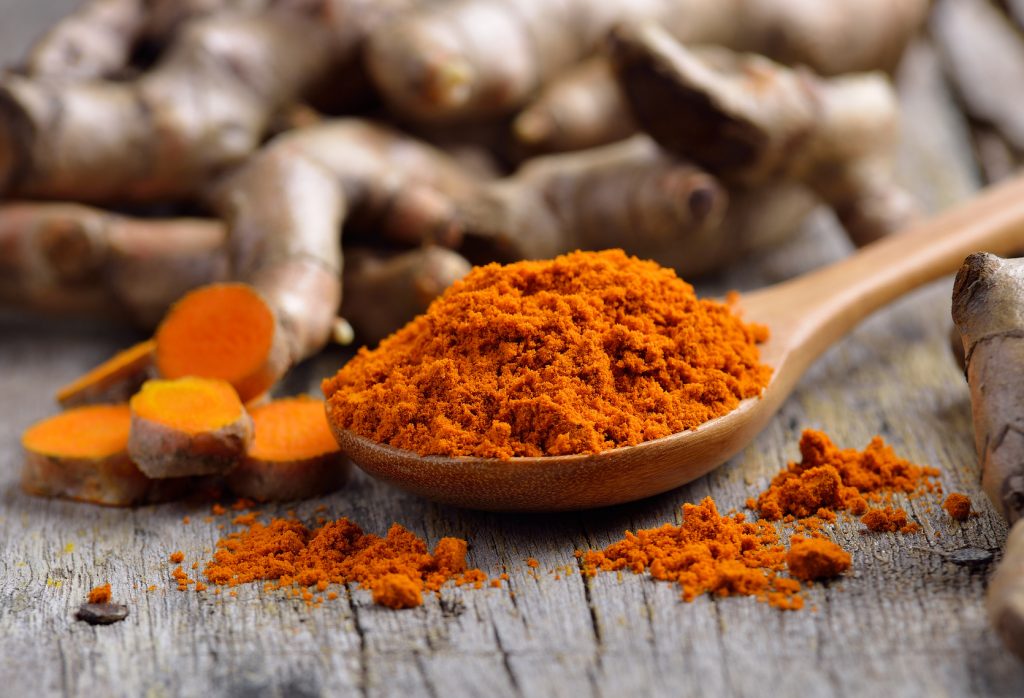
Curcumin, the bioactive flavanoid responsible for the yellow color of turmeric curry, is a staple of Ayurveda medicine. The most notable features of this spice compound are its:
- Antioxidant and Anti-inflammatory properties
- Ability to easily cross the blood-brain barrier
The combination of these effects have shown (in rat models) Curcumin counteracting the oxidative damaging effects of TBI, demonstrating improvements in cognition, synaptic plasticity, and other markers of neuroprotection in otherwise diminished cognitive states.
For human trials, there are a number of studies demonstrating positive brain benefits associated with Curcumin. While none of these directly link Curcumin with having neuroprotective effects on human TBI conditions, it matches the profile of a brain healthy device for TBI recovery. More on Turmeric.
N-Acetylcysteine (NAC)
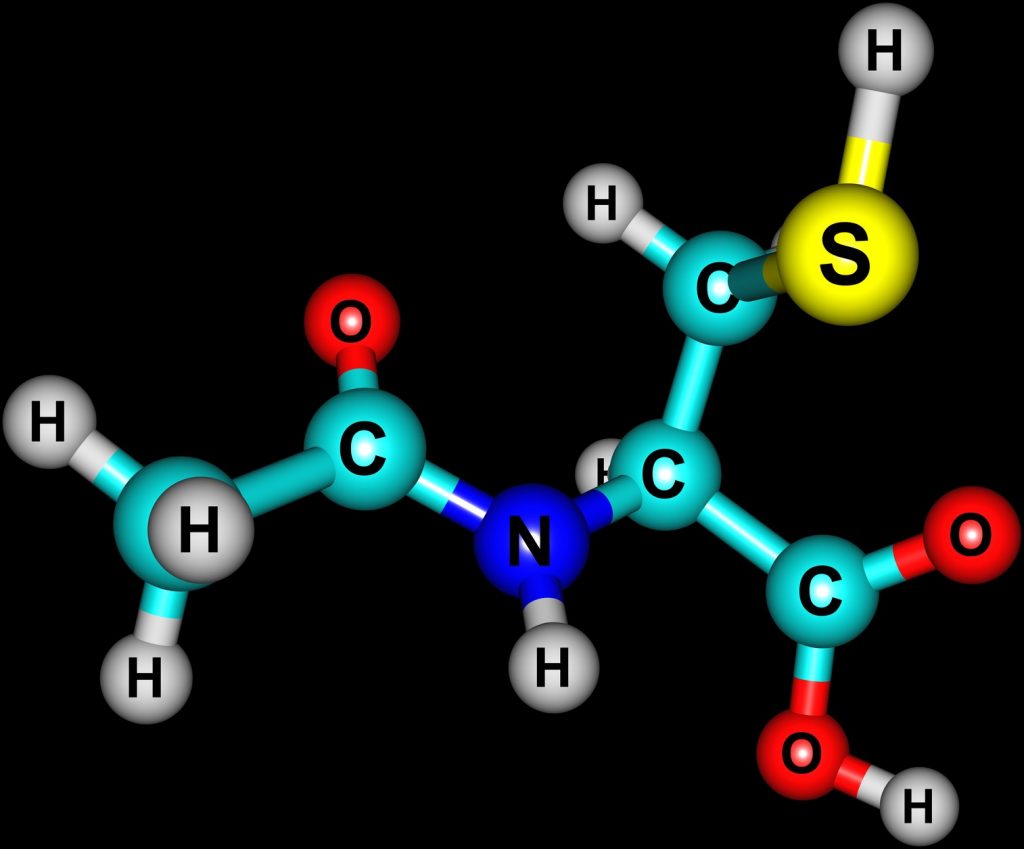
More antioxidant, anti-inflammatory neurotropic benefits. N-Acetylcysteine (NAC) has made a name for itself in the bodybuilding community for its protection on the liver against steroids and acetominophen toxicity. Plus, cysteine gives off a sulfurous smell, which is jest nastee.
For these reasons, NAC is understandably overlooked as a nootropic agent. But in the world of neuropsychiatry, the compound is gaining traction for its demonstable neurosupport. In terms of TBI therapy, our understanding of NAC’s benefits are limited to a rat study, which demonstrated NAC supplementation effecting “significant behavioral recovery after injury”, and to this double-blind, placebo-controlled study that observed NAC administration in the context of “traumatic brain injury secondary to blast exposure” on the battlefield.
The researchers concluded that “NAC, a safe pharmaceutical countermeasure, has beneficial effects on the severity and resolution of sequelae of blast induced mTBI.”
Creatine
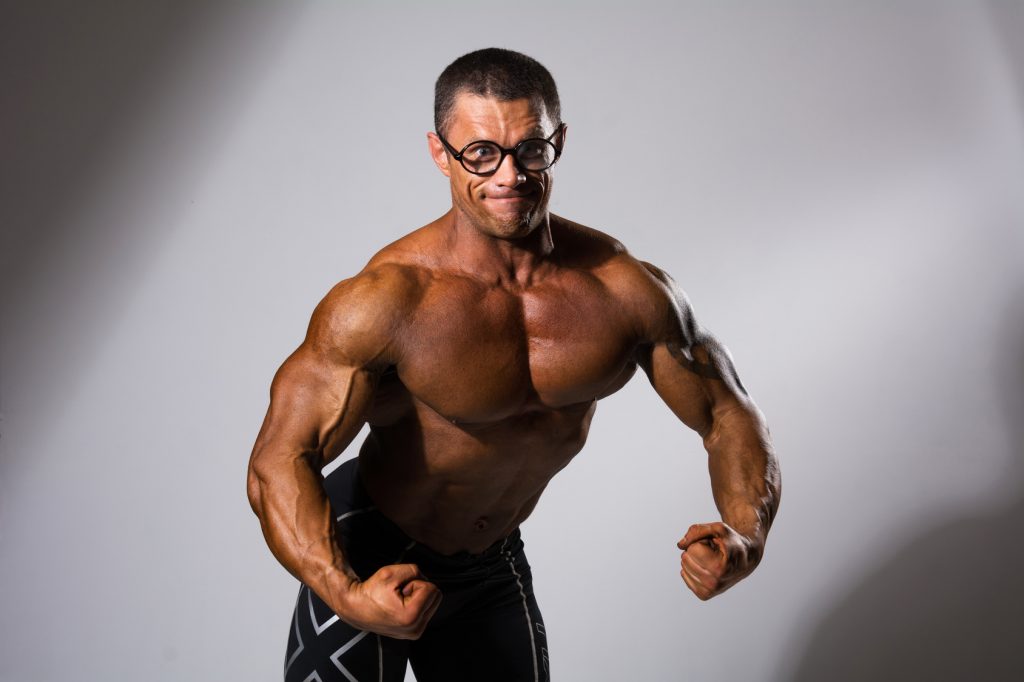
Judging by the common usage of the previous ingredient as well as that of Creatine, bodybuilders and athletes should already have a leg up on the TBI brain game. Active creatine users enjoy this organic acid for its role in maintaining cellular energy throughout the body, particularly during exceptionally demanding or fluctuating states of energy expenditure. Due to recent research in creatine deficiency‘s negative effect on cognition, creatine supplementation has earned legitimate consideration for neuropsychiatric disorders.
For creatine’s role in TBI therapy I have two studies:
- Study #1 – Observed on rats with lab-induced TBI, creatine demonstrated “use as a neuroprotective agent against acute and delayed neurodegenerative processes.”
- Study #2 – TBI in children showed significant improvement with regards to cognition, behavior, self care, and communication following creatine administration.
Creatine is one of the most heavily researched sports nutrition compounds. It’s no surprise its energy benefits translate to positive brain function.
Omega-3 Fish Oil
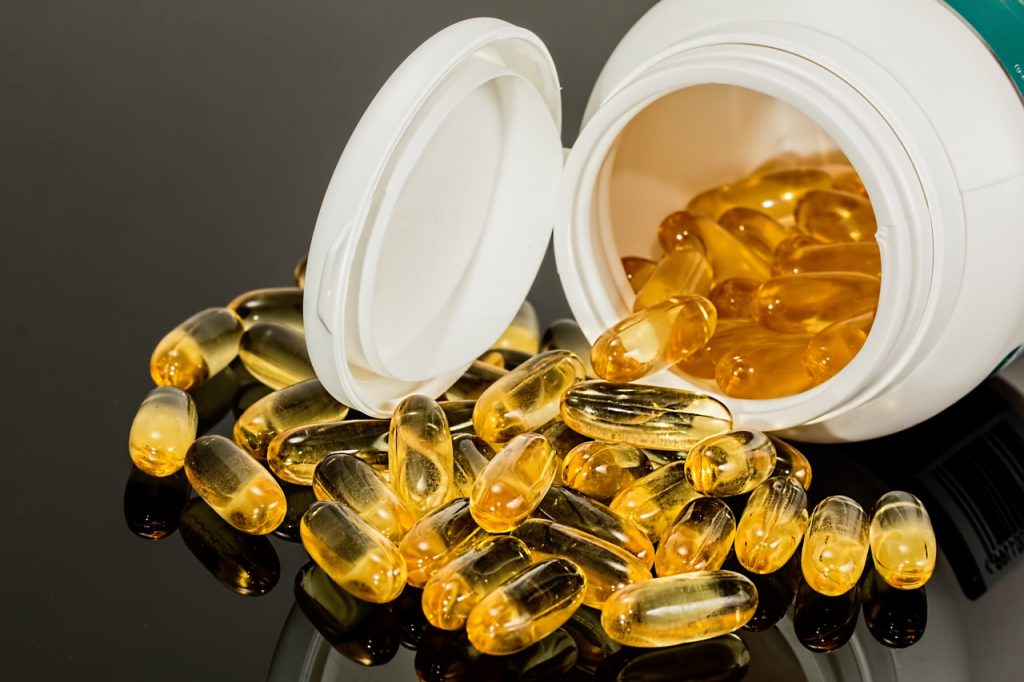
I’m torn on Omega-3 as a nootropic, and so are researchers. Yet, when push comes to shove (literally, in the case of certain TBI victims), I’m not hesitating to notch in more oily omegas into my diet. While poorly understood, the neurological benefits of Omega-3 and Omega-6 polyunsaturated fats showcase plenty of promise in the area of neurodegeneration and neurological injury.
The two fatty acids of interest, Docosahexaenoic Acid (DHA) and Eicosapentaenoic Acid (EPA), are particularly important in the development and maintenance of the brain. During growth and adolescence, these acids are in high demand for their active roles in facilitating brain cell membrane fluidity, thickness, communication, and permeability. When supplemented in the correct ratio, DHA and EPA are believed to serve complementary neuroprotective effects, as according to animal research models.
Unfortunately, human trials are too sparse and poorly designed to warrant legitimacy, but the preclinical chops of Omega-3 oils are mighty enough to earn a spot on this list.
Pterostilbene
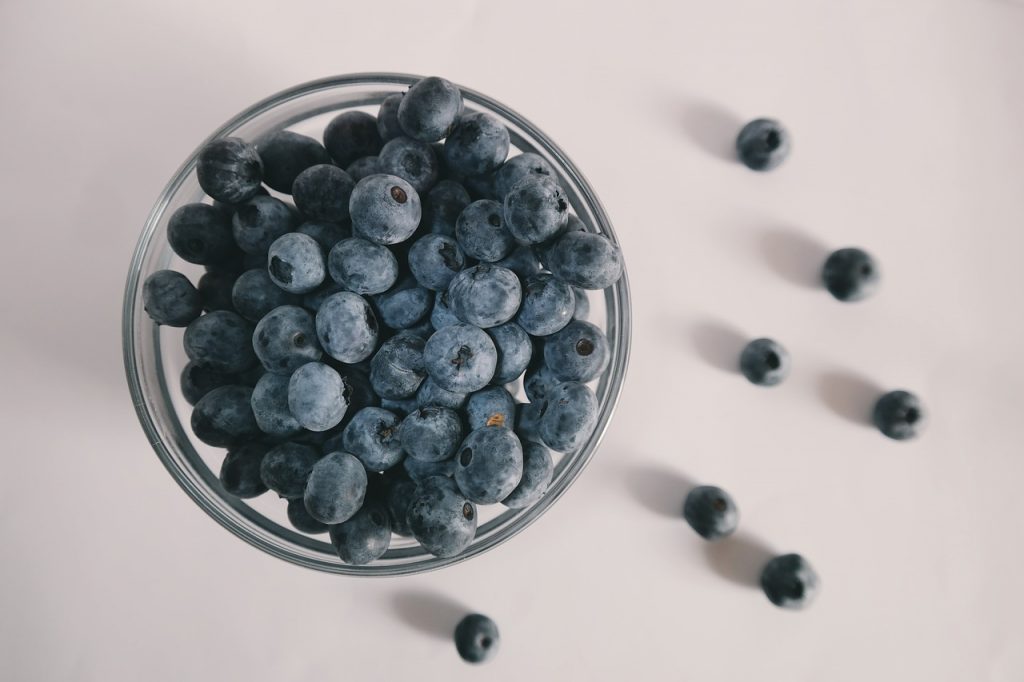
Resveratrol may have stolen the limelight for its well-demonstrated antioxidant capacity, but guess what: Pterostilbene is even better.
Operating as an analogue of Resveratrol, Pterostilbene provides a similar range of antioxidant, cardioprotective bio-actions, but with 4x greater bioavailability. Additionally, certain nootropic “cognitive enhancing” elements have been observed in the case of Pterostilbene that are not associated with Resveratrol. One particular advantage of Pterostilbene appears to be its neuroprotective support against damaging oxidative markers in the brain.
The increase in cerebral circulation is especially beneficial in resisting cerebral ischemia following TBI, and it’s a solid reason to supplement this brain enhancer even before the damage has been done. More on Pterostilbene.
Scutellaria Baicalensis

Combined, these compounds are believed to synergistically reduce oxidative stress and stress stress damage on brain cells. Yet, one flavanoid in particular, baicalein, has been isolated and observed in a study on the compound’s neuroprotective value in a post-TBI context (among rats). The flavanoid demonstrated improvements on post-injury neurodegeneration that were linked to a “reduced induction of proinflammatory cytokines” (i.e. reduced inflammation).
Best Nootropic Supplements for Traumatic Brain Injury
Nootropics enhance cognition, not treat it. If a nootropic supplement were to come out and say, “Hey! I treat traumatic brain injury!” then I would come out and say, “Hey! No you f***ing don’t!” — even if the nootropic supplement in question supplied ingredients that might actually be helpful in alleviating TBI conditions. Which, to be fair, there are nootropics that do contain ingredients that may help with TBI conditions. And I’ve listed a few of those bad boys below. Check it out:
Mind Lab Pro
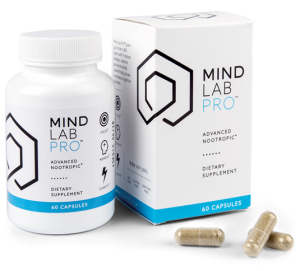 Of the nootropics listed above, Mind Lab Pro supplies three: Citicoline (as Cognizin®), Phosphatidylserine (as Sharp-PS®), and L-Theanine (as Suntheanine®) — however, these aren’t the only brain healthy ingredients in this stack that may help with TBI conditions. While older Mind Lab Pro formulations carried Pterostilbene, the more recent formula has swapped this rich antioxidant with a potentially richer antioxidant source: Maritime Pine Bark Extract.
Of the nootropics listed above, Mind Lab Pro supplies three: Citicoline (as Cognizin®), Phosphatidylserine (as Sharp-PS®), and L-Theanine (as Suntheanine®) — however, these aren’t the only brain healthy ingredients in this stack that may help with TBI conditions. While older Mind Lab Pro formulations carried Pterostilbene, the more recent formula has swapped this rich antioxidant with a potentially richer antioxidant source: Maritime Pine Bark Extract.
In fact, some research indicates that Maritime Pine Bark Extract may possess a “neuroprotective effect” following traumatic brain injury (indicated by rat models).
Altogether, Mind Lab Pro’s rich complex of antioxidants, neuroprotectors, and neuroregenerators (see also: Lion’s Mane Mushroom) make it a top contender for my Best Nootropic Supplements for Traumatic Brain Injury list.
Want some? Get the Best Deal on Mind Lab Pro here.
Read my in-depth review on Mind Lab Pro.
Performance Lab Mind
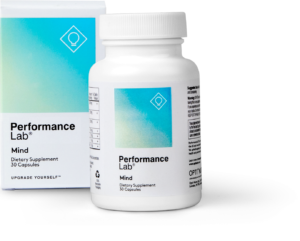 Compared to Mind Lab Pro, Performance Lab Mind is nearly identical in terms of quality and bio-activity, simplifying the MLP formula down to four brain healthy ingredients: Citicoline (as Cognizin®), Phosphatidylserine (as Sharp-PS®), N-Acetyl L-Tyrosine, and Maritime Pine Bark Extract.
Compared to Mind Lab Pro, Performance Lab Mind is nearly identical in terms of quality and bio-activity, simplifying the MLP formula down to four brain healthy ingredients: Citicoline (as Cognizin®), Phosphatidylserine (as Sharp-PS®), N-Acetyl L-Tyrosine, and Maritime Pine Bark Extract.
If Mind Lab Pro supplies these same exact ingredients and then some, then why am I even including Performance Lab Mind on this list?
For one: Performance Lab Mind’s mix of citicoline, PS, and maritime pine bark extract accomplish a significant amount of brain (re)building and protection on its own. And for two: the shortened simplicity of this stack makes it easier to stack Performance Lab Mind with other brain healthy stacks, such as an omega-3 stack or NGF-boosting shroom stack. It’s short, yes, but it’s also powerful enough to accomplish some major brain recovery.
Want some? Get the Best Deal on Performance Lab Mind here.
Read my in-depth review on Performance Lab Mind.
Conclusion
Are there other nootropics that may help with brain injury recovery?
Certainly. For instance, one may make a case for Alpha Lipoic Acid, the “universal antioxidant,” and for Vitamins C and E, which have been explored for TBI therapy. Granted, these aren’t necessarily nootropics, but they are solid for brain health.
However, the number of research-backed nootropics is light. Even some of the nootropics listed above could use a few more human studies to further legitimize their roles in TBI recovery.
As a FINAL NOTE: I’m regarding these nootropics as supporters in recovery, not prevention. I love nootropics, but I’m not willing to claim that taking the right nootropics may prevent the progression of a concussion into PCS, or even into CTE.
Really, the only way to prevent a concussion is to not get concussed. And that’s a whole nother topic entirely.
For more on nootropics, check out my Best Nootropic Supplements to Buy in 2020 list. And be sure to comment any thoughts, questions, personal anecdotes, haikus, snafus, etc. down below!

